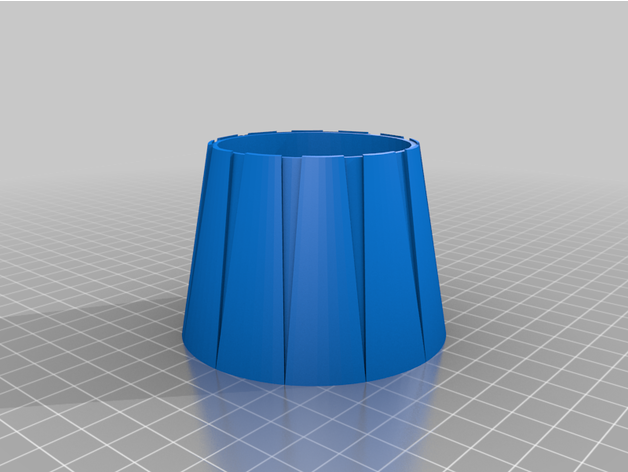Thanks Elbee! :)
Granted I've been flying for a long time but I get the feeling that the Eurofighter makes it particularly easy to shine and look good in the air. This bird is truly special!

Granted I've been flying for a long time but I get the feeling that the Eurofighter makes it particularly easy to shine and look good in the air. This bird is truly special!












 There might be a certain F4 Jolly Rodgers pop up in the near future as well.
There might be a certain F4 Jolly Rodgers pop up in the near future as well. 







Comment